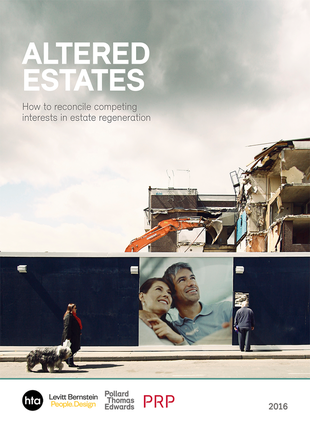Summary of Recommendations
|
Introduction
Let’s be clear about the objective of estate regeneration: is it to improve the lives of those who live on or around existing estates, or is it to help solve the housing crisis by making more effective use of public land? With care, patience and respect we should be able to do both. Estate regeneration must maintain and enhance social diversity: it will not succeed without the broad support of existing residents, but it can and should also play a significant part in creating additional homes for buyers and renters. The mixed-funding model (including public investment and cross-subsidy from market housing) has worked well in creating successful, diverse and financially viable estate regeneration, but that model does not work when public investment is reduced to a token contribution and too much reliance placed on the market. Estate regeneration is now under threat from unbalanced market-led solutions provoking resistance from existing communities. We urge government to think again about the role of public investment in estates, and to review the application of current policies to estate regeneration. Right to Buy and the Starter Homes initiative should be applied flexibly to estate regeneration, with due attention to local priorities. Chapter 1 Appraising the options
Chapter 2 Engaging communities
Chapter 3 Getting the design right
Chapter 4 Creating sustainable outcomes
|

